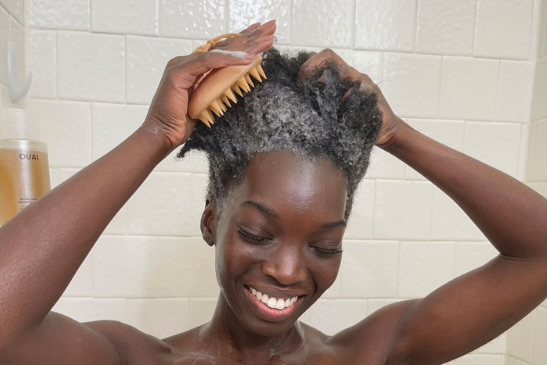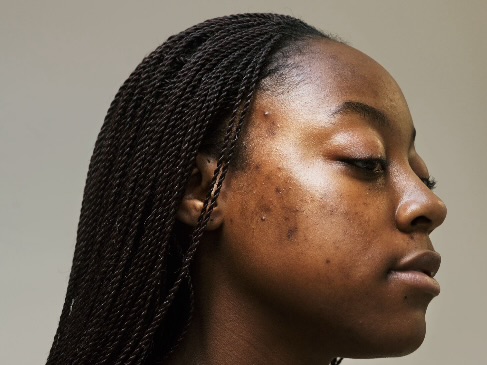Many people with natural hair feel frustrated when their hair seems to stop growing, even with a dedicated care routine.
But the reality is, hair growth is continuous; what often gives the illusion of stagnation is a combination of factors that impact length retention and overall hair health.
Understanding these reasons can help you make adjustments and achieve your hair goals.
1. Breakage: The Hidden Culprit
Breakage is a leading reason why natural hair appears not to grow. Although hair naturally grows from the scalp, fragile or poorly maintained ends can break off at the same rate as new growth, making it seem as though there is no progress. Common causes of breakage include harsh detangling methods, infrequent trims, and lack of moisture. Natural hair is more susceptible to dryness, which can make it brittle and more prone to break. Ensuring proper moisture, gentle handling, and regular trims can prevent breakage and support visible length retention.
2. Lack of Moisture and Proper Hydration
Moisture is essential for natural hair, which tends to have a coiled structure that makes it harder for natural oils to travel from the scalp to the ends. Without consistent hydration, natural hair becomes dry, dull, and prone to breakage. Many people mistake dryness for lack of growth when, in fact, dryness is leading to breakage. To combat this, incorporate a good moisturizing routine with products like leave-in conditioners, creams, and oils to lock in moisture. Deep conditioning treatments also help restore hydration and improve elasticity, reducing breakage and promoting healthier-looking hair.
3. Protective Styles and Manipulation
Protective styling, like braids, twists, and buns, is popular in the natural hair community, but too much manipulation or poorly installed styles can also contribute to stagnation. Over-tight hairstyles can lead to traction alopecia (hair loss due to tension) and cause breakage along the hairline and edges. Additionally, frequent manipulation disrupts the hair’s growth cycle, leading to shedding or breakage. To optimize growth, limit tight styles, give your hair regular breaks, and choose low-manipulation styles that keep the ends protected.
4. Health and Diet
Hair growth is affected by more than just topical treatments. Nutrient deficiencies and stress can impact hair health and growth. A balanced diet rich in vitamins, minerals, and protein provides the building blocks for strong, healthy hair. Additionally, stress can disrupt the hair growth cycle and lead to increased shedding. Regular exercise, proper hydration, and relaxation techniques like meditation can help support healthy hair growth.
5. Unrealistic Expectations
Natural hair grows, on average, about half an inch per month, though growth rates vary. Sometimes, the perception of slow growth stems from unrealistic expectations. Tracking your progress with photos or keeping a hair journal can help you see subtle improvements over time and better understand your hair’s unique growth pattern.
Conclusion
Natural hair growth may feel slow, but with the right care, it is possible to retain length and achieve healthy hair.
By addressing issues like breakage, moisture, protective styling, and overall health, you can nurture your hair and see consistent progress.
Remember, hair growth is a journey, and patience, along with proper care, can make all the difference.





